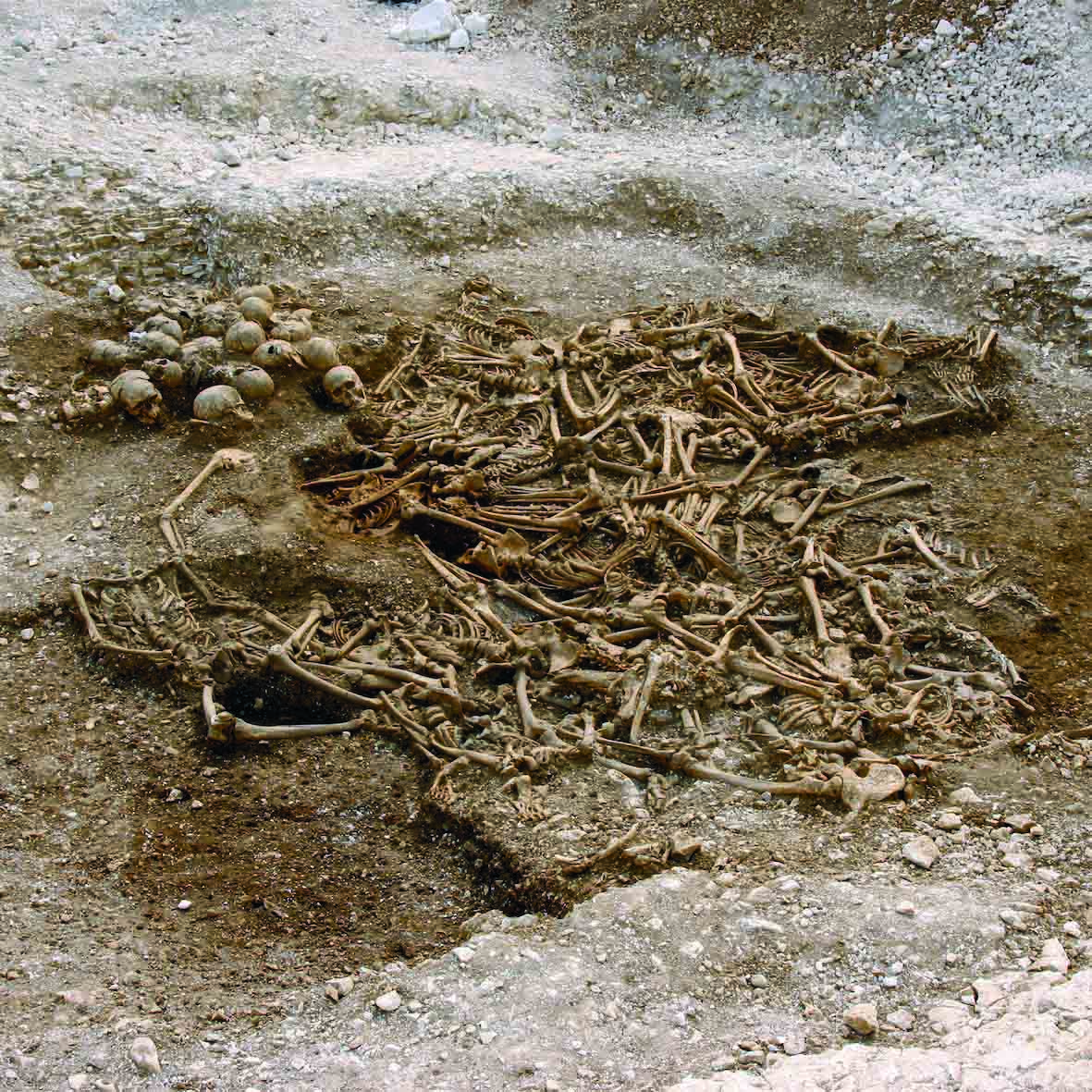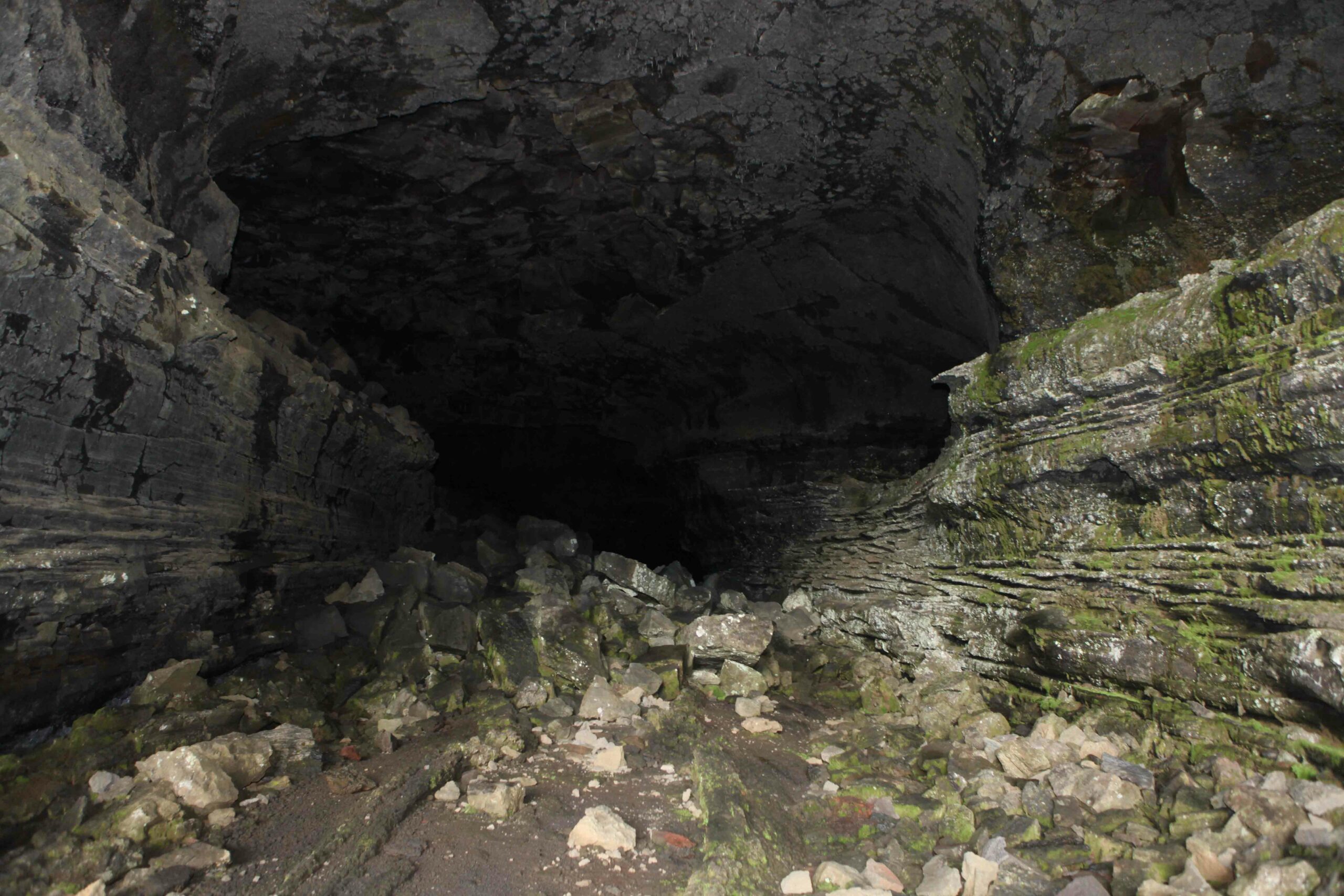
HINXTON, ENGLAND—According to a report in Science News, researchers led by Marc Haber of the Wellcome Trust Sanger Institute mapped the genomes of five 3,700-year-old Canaanite skeletons uncovered in Sidon, Lebanon, and compared the results with other ancient and modern populations. Little is known about the Canaanites, who left few written records. Scholars have had to rely upon second-hand accounts written by ancient Hebrew, Egyptian, and Greek sources for historical information on the origins and supposed demise of the Canaanites. The results of the DNA study suggest that the Canaanites descended from early farmers who settled in the Levant some 10,000 years ago, and migrants from Iran who arrived between 6,600 and 3,550 years ago. The spread of the Akkadian Empire between 4,400 and 4,200 years ago could account for the large contribution of migrants from the east to Canaanite ancestry. In fact, a similar mixture of genes has been found in ancient skeletons unearthed in Jordan. The researchers also found that modern Lebanese people received about 93 percent of their DNA from the ancient Canaanites. The remaining seven percent likely came from Eurasians who arrived in the Levant some 3,700 to 2,200 years ago. To read more about ancient Canaan and its time as an Egyptian colony, go to "Egypt's Final Redoubt in Canaan."










